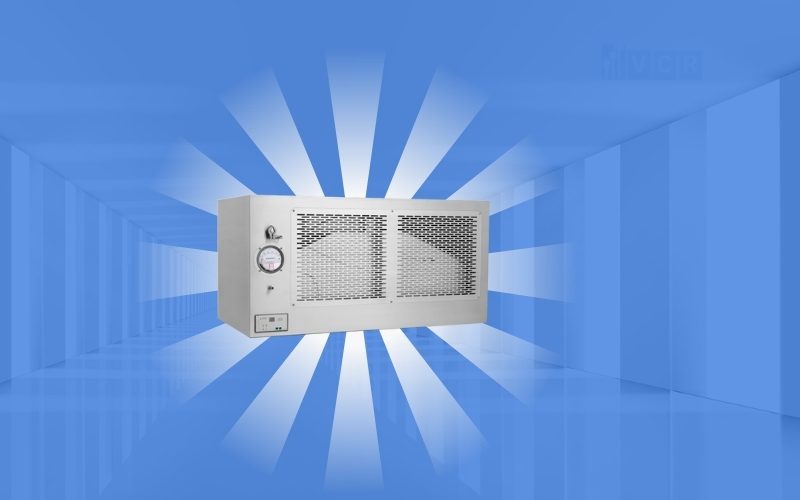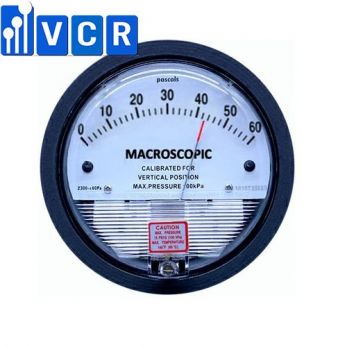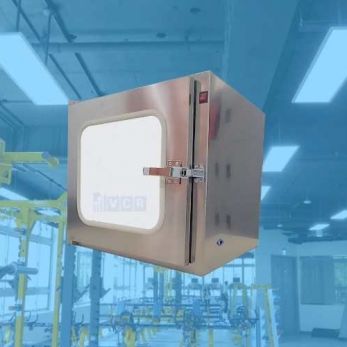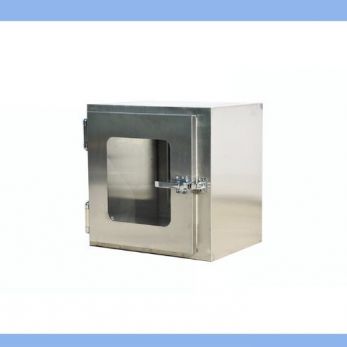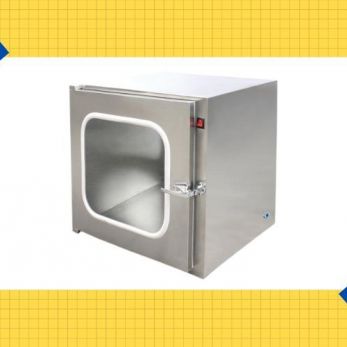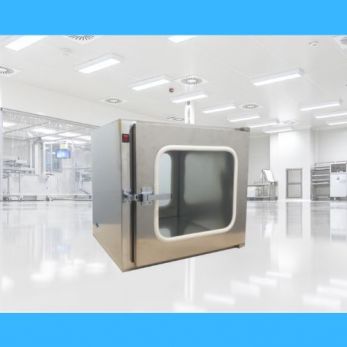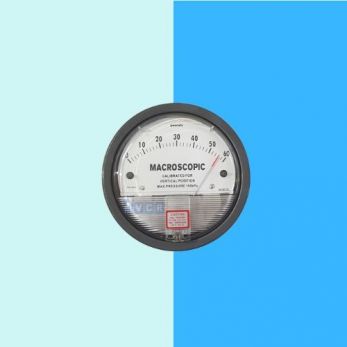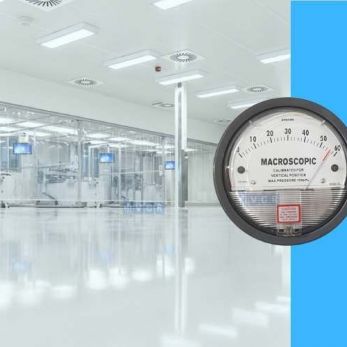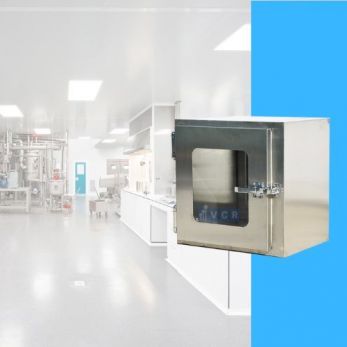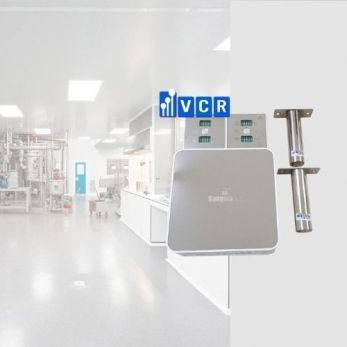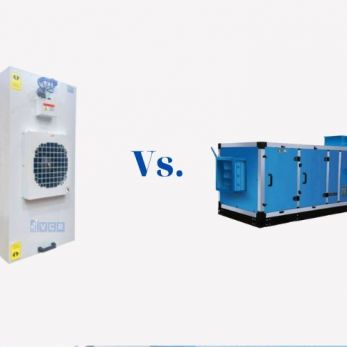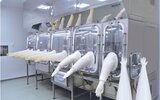What is laminar airflow unit?
Laminar airflow unit is one of the important devices in the cleanroom. This article will provide the basics of a laminar airflow unit. Let's find out 1. WHAT IS LAMINAR AIRFLOW UNIT? A laminar airflow unit is a workplace in which critical actions or
Laminar airflow unit is one of the important devices in the cleanroom. This article will provide the basics of a laminar airflow unit. Let's find out
1. WHAT IS LAMINAR AIRFLOW UNIT?
A laminar airflow unit is a workplace in which critical actions or processes take place that requires a low particle level. In the market, a laminar flow unit is also known as clean bench, clean hood, LAF cabinet or laminar flow cabinet for example. It is equipped with a laminar airflow of filtered air which ensures a very clean environment. The users can sit or stand in front of the cabinet while carrying out work. This is in contrast to a cleanroom where people can move around.
The official naming of laminar flow is ‘unidirectional airflow’ and refers to airflow in one direction at the same speed without interruption due to turbulence. In a LAF unit, air is drawn in from outside the cabinet through a pre-filter by means of a fan. The fan then pushes the air drawn in through the HEPA or ULPA absolute filter, leaving the filter surface in a unidirectional way. This can be a horizontal flow (crossflow) or vertical flow (downflow).
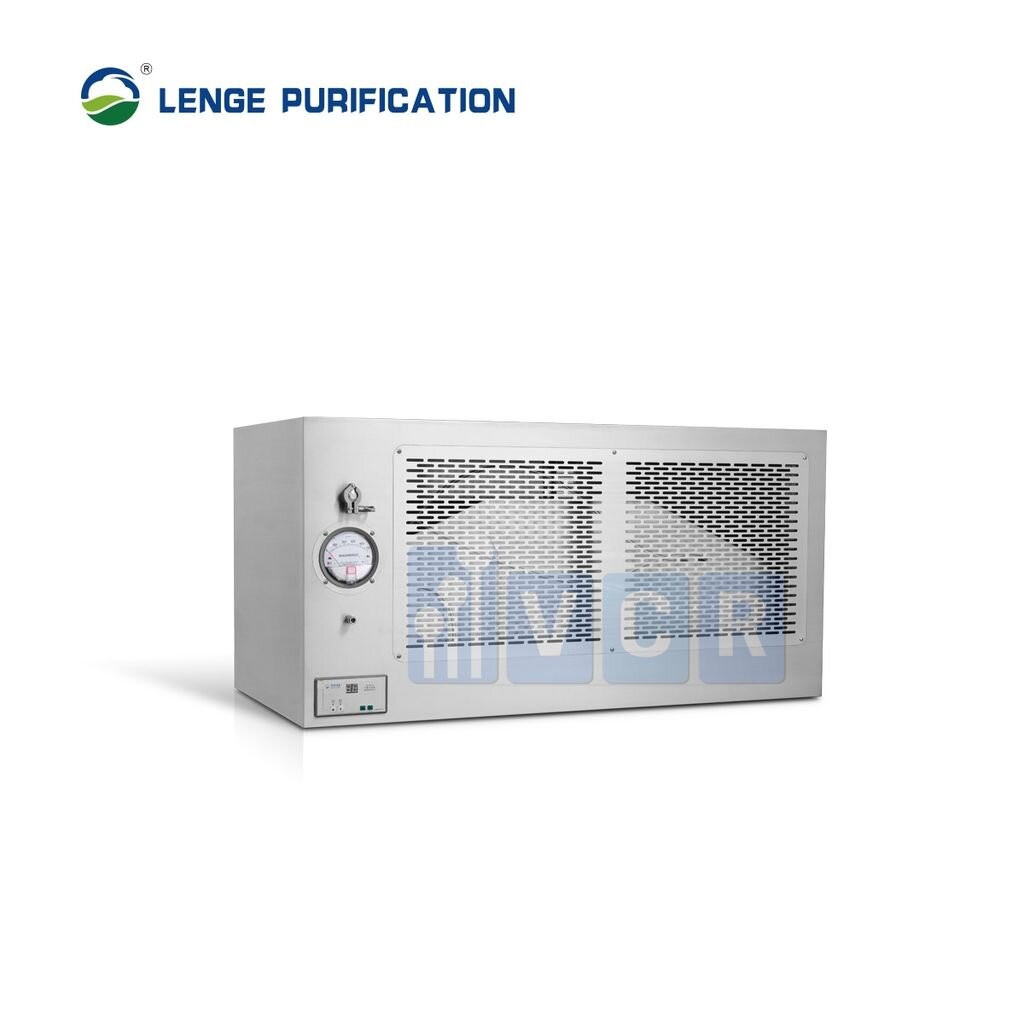
Any airborne particles that may be present or generated are flushed out of the cabinet. In addition, the positive airflow ensures that contamination from outside cannot enter the working area. The most critical work should preferably be carried out as close to the filter surface as possible and with minimal upstream obstructions. Objects in a flow unit are a risk of contamination because they cause turbulence. In addition, any particles from the object may precipitate on substrates or products placed downstream.
2. WHAT ARE LAMINAR AIRFLOW UNITS USED FOR?
For many industries and research institutes, laminar flow units are of great importance for controlling contamination caused by particles. They are a very important and indispensable tool for companies and research institutes for being able to manufacture and treat high-tech products.
For decades, flow units have been widely used in various markets, including the protection of electronic and precision mechanical components or medical and pharmaceutical products.
In a cleanroom, air moves in a turbulent pattern, causing airborne particles to end up on surfaces at random. For the most critical processes, a laminar flow environment offers a good solution.
A laminar flow environment can be created in a cleanroom of any size; however, a laminar flow unit often offers sufficient space and is, therefore, a compact and cheaper local solution. This means that an investment in a more expensive complete cleanroom is often not necessary.
A laminar flow unit is easy to install in a workshop, factory hall, warehouse, laboratory, office space, or existing cleanroom.
3. HOW ARE LAMINAR FLOW UNITS MADE?
Laminar airflow units are manufactured and designed in-house. They are typically provided with a powder-coated or stainless steel enclosure and plenum. Depending on the type, the filter system is installed either at the top of the rear. Sidewalls are often made of transparent plastic and the units can be equipped with connections for cables, wall outlets.
All units are equipped with energy-efficient DC fan motors featuring minimal energy consumption and low vibration. Besides standard products customization offers the most flexibility in dimensions and configuration. The units can be placed on existing tables or free-standing in the room when combined with a matching table. In some cases, downflow units are suspended directly from the ceiling above a work table or process.
Read more: Laminar airflow (LAF): Definition, working principle and application






